Ask someone to associate a railroad with the heaviest 4-6-4 Hudsons and they’ll likely guess “New York Central.” After all, it was NYC and its supplier, American Locomotive Co., that first developed the 4-6-4 in 1927, and it was NYC that gave the engine its famous name: Hudson, named for the river the Central’s main line followed. The NYC also had the largest roster of 4-6-4s, with 275 on the railroad.
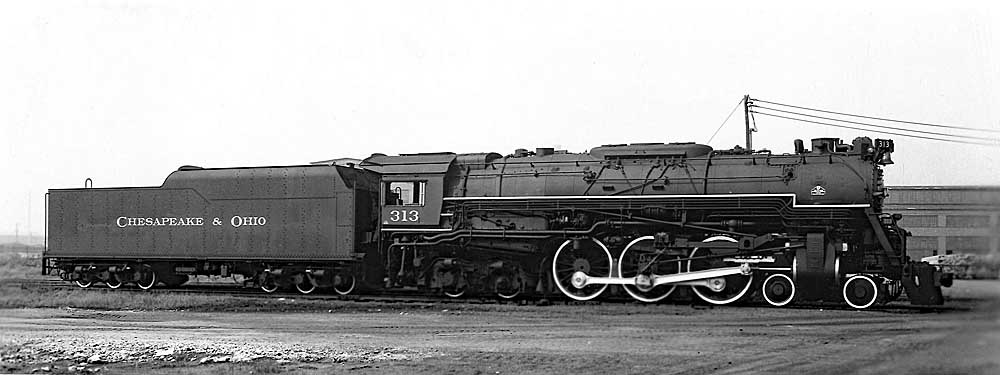
But other railroads had Hudsons, too, notably Chesapeake & Ohio. And while the Richmond-based Pocahontas coal hauler didn’t have a huge roster of Hudsons — a total of 18 — it did boast the heaviest of all, the five engines of the L2a class, built for C&O by Baldwin in 1948 and numbered 310-314. These engines were slight improvements on an earlier batch of eight L2 machines delivered by Baldwin in 1941, but a variety of upgrades added up to 3,500 extra pounds, bringing the total weight of the engine to 443,000 pounds, making it the biggest 4-6-4 ever. By comparison, NYC’s famous J3a engines of 1938 weighed 360,000 pounds, and Santa Fe’s vaunted 3400-class machines came in at 412,380 pounds. As longtime Trains Editor David P. Morgan noted of C&O, “Its ponderous Baldwin Hudsons, the world’s heaviest of course, had an engine weight only 7,500 pounds less than that of a Canadian Pacific 2-10-4!”
Until the Hudsons came along, the C&O was known for its large class of Pacifics, the standard passenger power on the railroad. Beginning in 1902, Chessie fielded 73 4-6-2s in various F classes until the last four F20 engines of 1927. The Pacifics were a reliable workhorse for C&O, but by the late 1930s it was obvious something bigger was needed as passenger trains often required doubleheading, especially over the rugged section of main line through the Alleghenies between Hinton, W.Va., and Cincinnati, where the 4-6-2s hauled such C&O signature trains as the George Washington and Sportsman. That led to the purchase of the first eight Hudsons in 1941, featuring 78-inch drivers and roller bearings on all axles as well as main and side rods. With the heavier L2a engines of 1948 came other improvements: poppet valves, a cast-steel pilot, and a combined steam and sand dome. All that and a huge boiler — with a firebox identical to that of a Nickel Plate and Pere Marquette 2-8-4 — added up to 52,100 pounds of tractive effort, nearly 3,000 pounds more than Santa Fe’s 3400s. The C&O engines also employed Franklin E-type booster engines to assist in starting on heavy grades.
Despite the effectiveness of C&O’s L2a Hudsons, the railroad ultimately had to confront the advantages of dieselization and by 1952 the 4-6-4s were running on borrowed time. Here’s how C&O historian Eugene Huddleston described their fate: “When the passenger diesels began arriving in late 1951, the Hudsons were hit and hit hard. They were not as suitable for freight service as were the (4-8-4) Greenbriers and when bumped off the varnish they were finished. Through 1952, the Hudsons ran out their miles on secondary runs, extra trains, and in standby service, but by 1953 enough EMD E8s had been received to dieselize all regular passenger trains … so the big 4-6-4s were placed in storage.” Despite having been built so recently — 1948, just seven years earlier —the L2a Hudsons began to be scrapped in 1955.
C&O’s roster of 4-6-4s also included five famous “outliers,” a group of F-19 Pacifics converted into L1 Hudsons at the railroad’s Huntington (W.Va.) Shops and streamlined with a stainless-steel cowl painted yellow and silver, with tenders clad in stainless steel to match new Budd-built passenger trains. Of all the C&O’s Hudsons, only the streamlined 490 survives today, in the collection of the B&O Railroad Museum in Baltimore. Alas, the heaviest 4-6-4 Hudsons of all time didn’t make the cut.
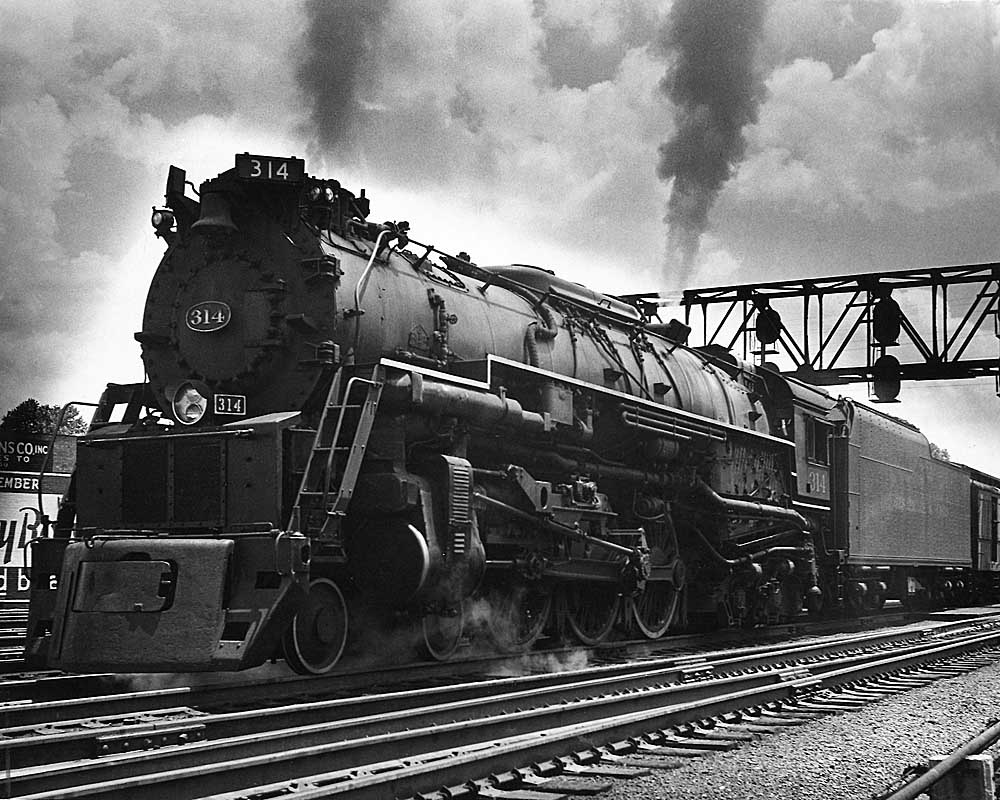






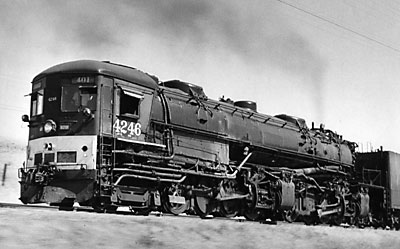
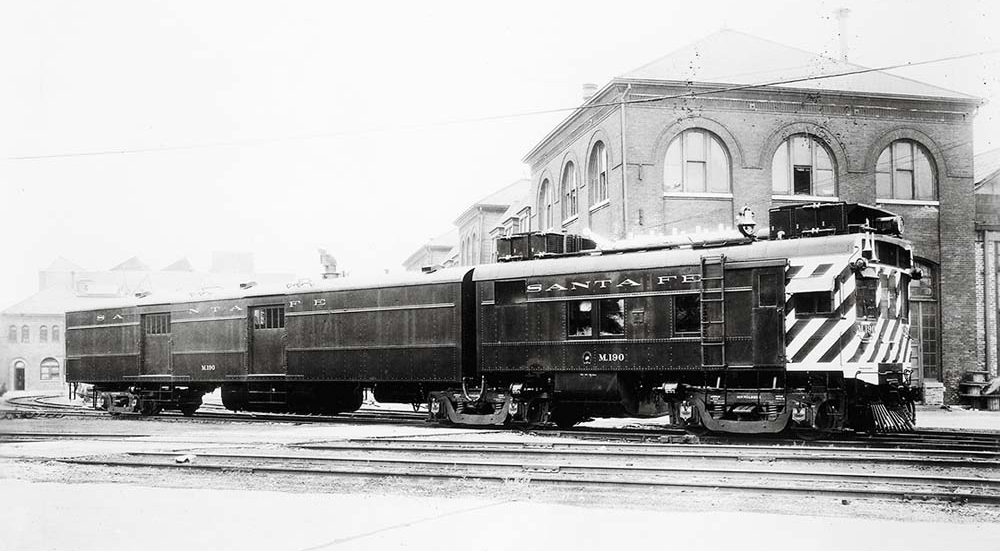
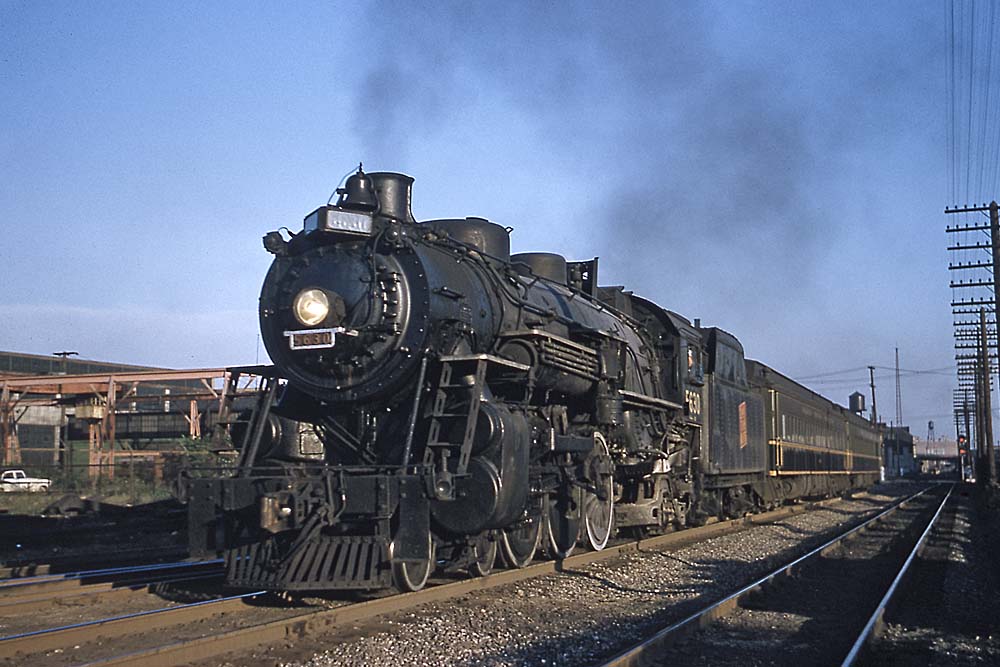
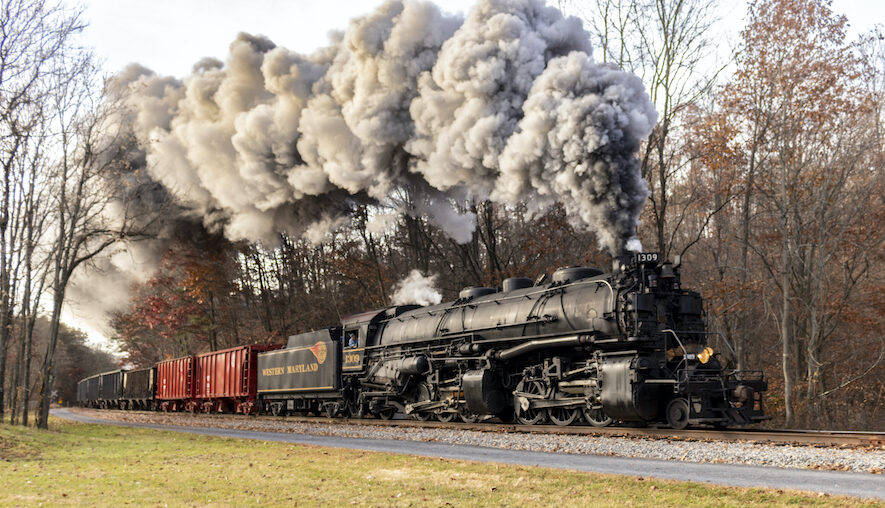




I had totally forgotten about these engines and automatically assumed the Santa Fe 3460s were the heaviest.
I never saw one and its really a shame they were cut up so young.
In contrast, 1522 weighed 360,000 lbs.